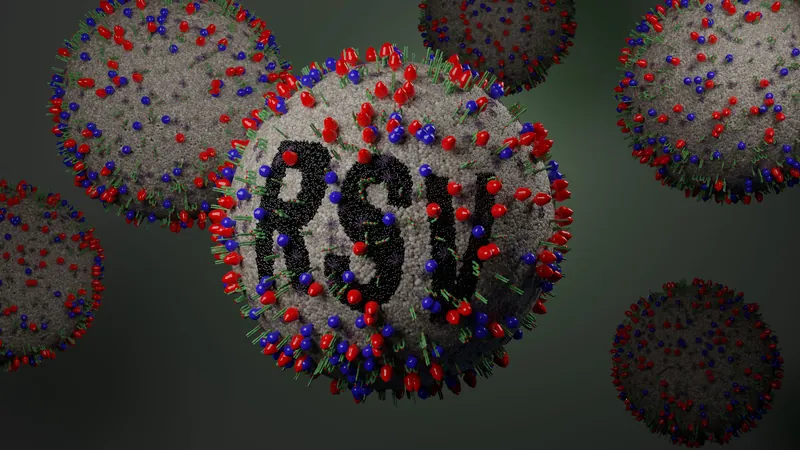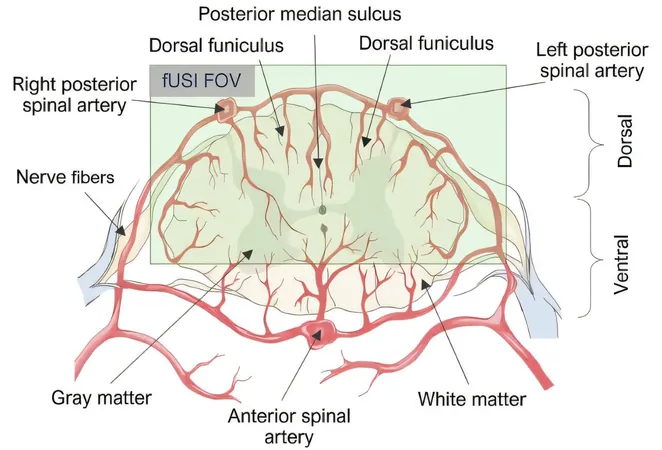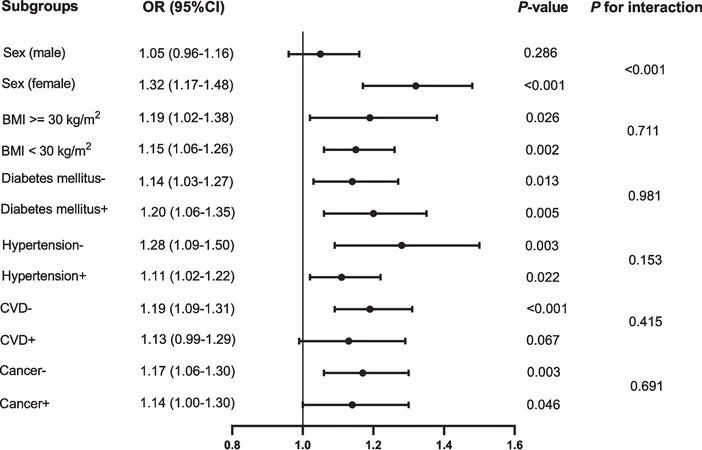
Urgent Call for RSV Prophylaxis: High-Risk Children Need Protection!
2025-07-08
Author: Rajesh
New Study Reveals Vulnerable Groups at Risk of RSV Hospitalization
A groundbreaking study recently published in JAMA Network Open has unveiled critical insights about respiratory syncytial virus (RSV) and its impact on children with chronic medical conditions (CMCs). The research indicates that certain groups of children face increased risks of RSV-related hospitalizations during their crucial early years, emphasizing the need for expanded prophylaxis eligibility.
Expanded Prophylaxis: A Necessary Step
This population-based study, conducted in British Columbia, Canada, tracked children born between April 2013 and March 2023. It analyzed data from over 431,000 participants enrolled in the provincial healthcare system, some being followed until the beginning of their third RSV season. The study primarily focused on those diagnosed with CMCs in their first two years of life—a key risk factor for severe RSV infections.
Staggering Hospitalization Rates—The Data Speaks!
The statistics are alarming: 4,567 children experienced a total of 4,592 RSV hospitalizations within the first two RSV seasons. The first season revealed that those with CMCs faced hospitalization rates of 15.9 per 1,000 person-years, a stark contrast to the 8.0 rate for their healthier counterparts. The second season didn't show much improvement, with CMC rates at 7.8, while the hospitalization rate for children without CMCs plummeted to 2.2.
Who is Most Affected?
The research highlighted that children with respiratory, cardiovascular, or gastrointestinal CMCs experienced hospitalizations that were at least two times higher during their second RSV season. Those with Down syndrome or born prematurely faced an even graver risk, with hospitalization rates soaring fivefold compared to their peers in their first season.
A Call to Action for Health Authorities
The study authors advocate for the adoption of long-acting monoclonal antibody prophylaxis for these high-risk children during their initial and subsequent RSV seasons. Current recommendations from National Immunization Technical Advisory Groups (NITAGs) in North America and Europe support broader immunization efforts, moving away from the restrictive use of palivizumab.
Conclusion—A Critical Need for Prophylaxis!
This pivotal cohort study underscores the urgency for healthcare authorities to recognize and protect vulnerable groups through expanded RSV prophylaxis eligibility. As the burden of RSV continues to weigh heavily on children with CMCs, decisive action is necessary to safeguard their health during these critical early years.





 Brasil (PT)
Brasil (PT)
 Canada (EN)
Canada (EN)
 Chile (ES)
Chile (ES)
 Česko (CS)
Česko (CS)
 대한민국 (KO)
대한민국 (KO)
 España (ES)
España (ES)
 France (FR)
France (FR)
 Hong Kong (EN)
Hong Kong (EN)
 Italia (IT)
Italia (IT)
 日本 (JA)
日本 (JA)
 Magyarország (HU)
Magyarország (HU)
 Norge (NO)
Norge (NO)
 Polska (PL)
Polska (PL)
 Schweiz (DE)
Schweiz (DE)
 Singapore (EN)
Singapore (EN)
 Sverige (SV)
Sverige (SV)
 Suomi (FI)
Suomi (FI)
 Türkiye (TR)
Türkiye (TR)
 الإمارات العربية المتحدة (AR)
الإمارات العربية المتحدة (AR)